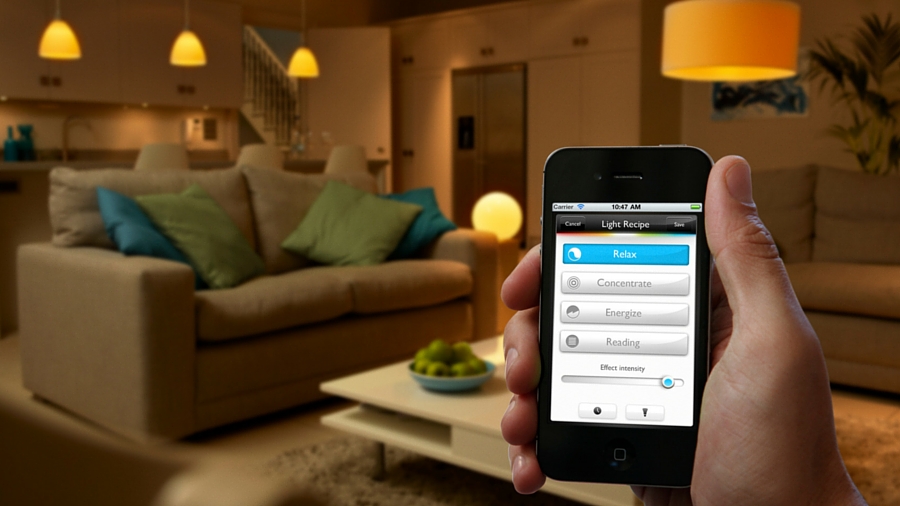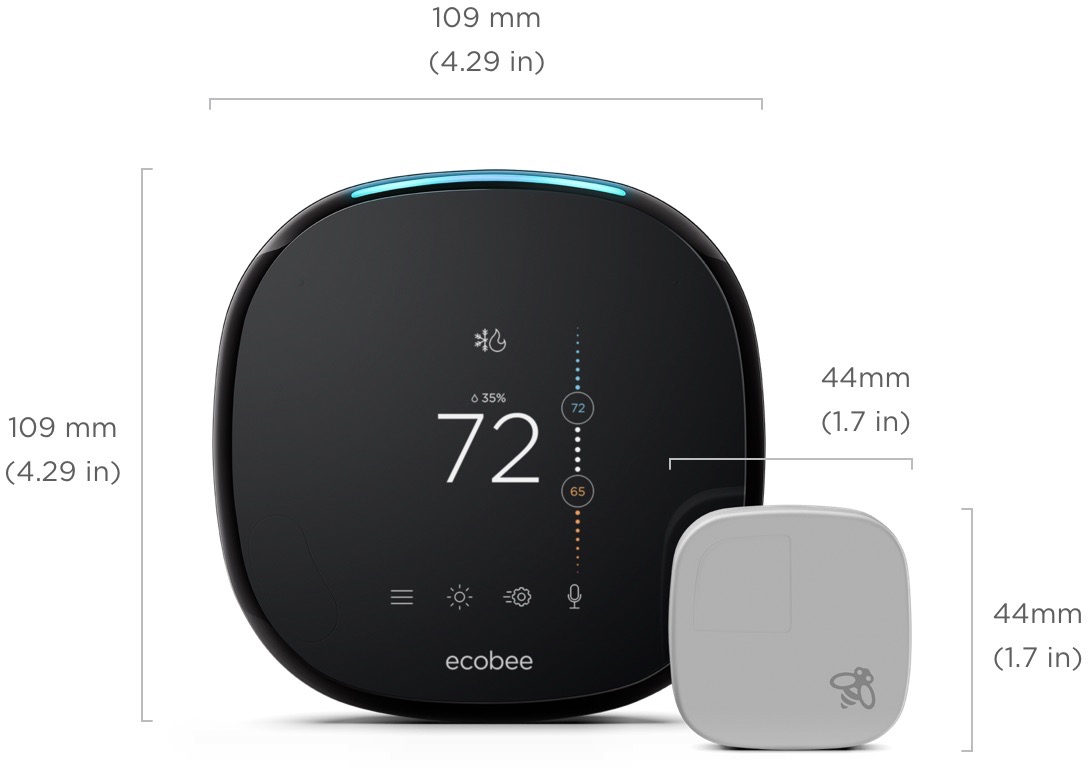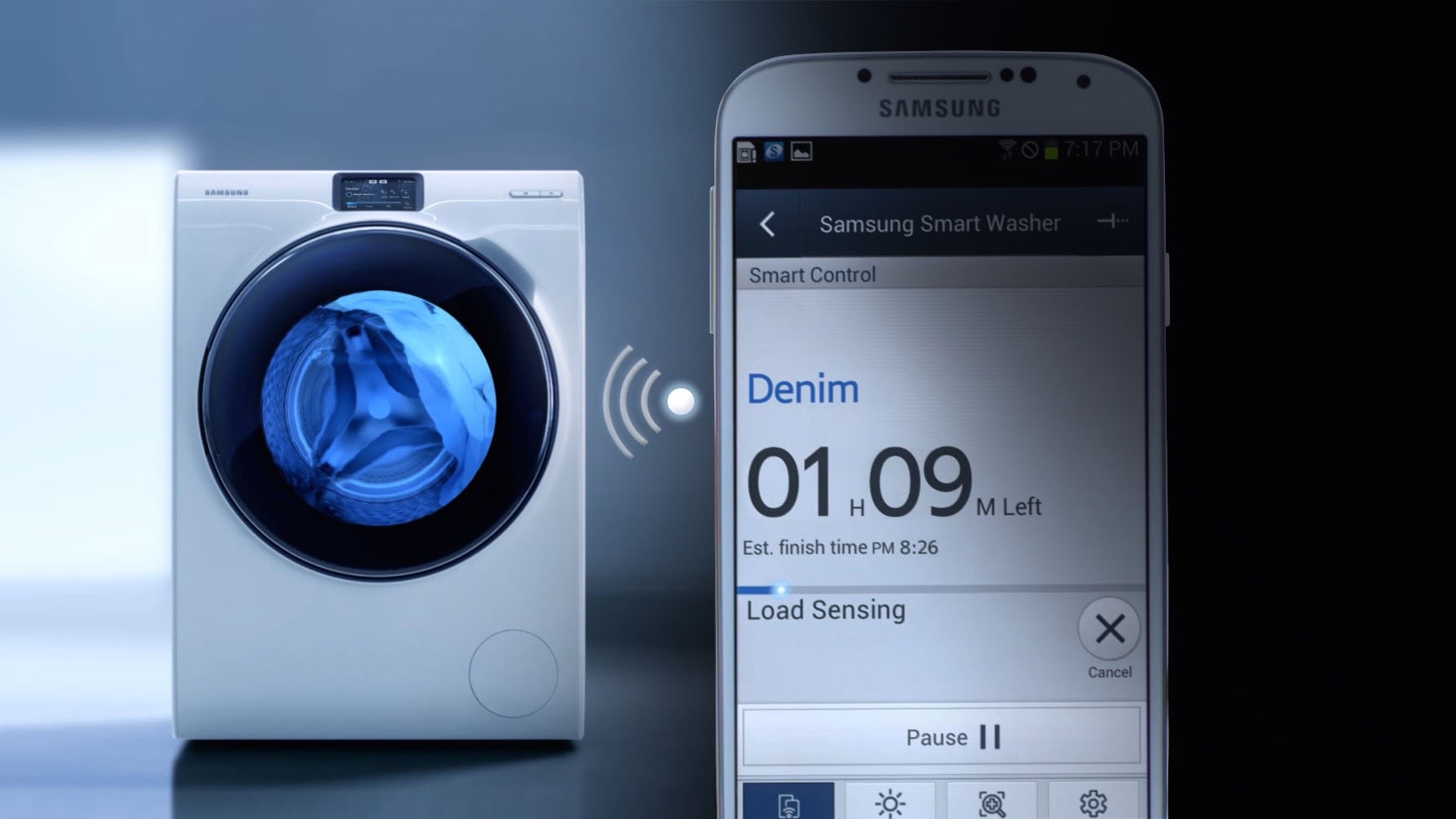These smart home devices will help you go green and save money
Reduce your carbon footprint – and your utility bill

Following the United States’ controversial rejection of the Paris Climate Agreement, many citizens here and elsewhere may worry about the planet’s environmental future, or feel frustrated at their own inability to make a difference to combat climate change.
Yet individuals can still have a significant, positive impact on the planet’s well-being for future generations, and a good first step is employing smart home tech and green energy practices in their own homes.
We’ve compiled a few suggestions of green devices that will pay for themselves by cutting down your utility bills, with the added bonus of shrinking your carbon footprint and making your home or office a hub of smart, adaptable technology. Read on for our suggestions in each category!
Electricity

Believe it or not, electricity usage produces more greenhouse gases in the US than cars, according to the Environmental Projection Agency. By tracking down and limiting energy-guzzling devices in your home, you can significantly reduce your own contribution to that statistic.
One device, the Sense Home Energy Monitor, attaches to a circuit breaker and monitors your home’s electric usage. It automatically senses unique electronic signatures from each of your devices and sends data on your worst wattage thieves to a smartphone app, tracking both real-time usage and long-term trends.
Like tracking your calories or steps, you can examine your house’s environmental impact and take action to make it healthier.

One energy offender you’ll likely notice is your phone charger. Chargers pull full electricity from your outlet even when not charging devices, an effect called “vampire draw”. But the Asmo Charger, an Indiegogo-produced plug that only pulls electricity when charging a device, solves that problem.
Sign up for breaking news, reviews, opinion, top tech deals, and more.
Your chargers probably aren’t the only vampire electronics you have, though. Printers, gaming consoles, and other large devices should require less energy when off or in standby mode, but often pull full power anyway.
For the office, try the Smart Strip Surge Protector, which senses how much energy your devices use when on, and then automatically cuts them off when shut down or idling.
Or, consider the iDevices Switch or the TP-Link Smart Wi-Fi Plug, two-highly rated smart plugs that monitor energy usage for individual devices; with them you can shut down devices remotely using your smartphone, automatically shut off idling appliances after a certain time, or voice-control them using Amazon Echo or Google Home.
Light

Energy from standard light bulbs mostly comes out as heat, not light; buying standard CFL or LED bulbs will greatly diminish your energy use. But with the new smart bulbs on the market, you can save a ton of energy while also making your home’s ambience customizable with the tap of a screen.
The Lifx Color LED Bulbs are a series of Wi-Fi connected bulbs you can control with smart hubs like Echo or through a smartphone app. You can change the color scheme of your house easily, tell Alexa to dim the lights at night, or choose themes to match your mood.
Designed for efficiency, they pair well with smart home devices that automatically turn them off when you leave the house.

Lifx doesn’t have the monopoly on the trendy yet efficient bulb market. Philips Hue has a huge selection of color-customizable smart bulbs, along with motion sensors that turn lights on or off based on your presence and dimmer switches to keep your energy usage low.
Nanoleaf Aurora is another option that combines its smart bulbs with customizable, modular light panels that can cost less than a dollar a year to power.
When it comes to outdoor lighting, you shouldn’t have to spend any money on electricity at all. The Urpower LED Outdoor Solar Lights run entirely off of solar energy for 12 hours after sunset, illuminating your garden or patio at no cost. Its motion sensors trigger max brightness when movement is activated to scare off garden critters or intruders.
Water

It’s hard not to soak in those extra few minutes in the warm shower every morning. But by using a smart water monitor, you can keep better tabs on just how much is going down the drain.
The WaterHawk low-flow showerhead cuts down on your average water usage like many other showerheads, but it also comes with a hydraulic-powered LED screen that tells you how many gallons of water you’ve used in your shower, so you’ll suddenly remember you don’t need the water running while you soap up. It also tells you the current temperature so you don’t waste too much water waiting for it to heat up.
Evolve showerheads accomplish a lot of the same water conservation without the LED bells and whistles. Once you turn one on, it shoots out all the cold water and then slows the water flow to a drip once the water’s hot, and no more water comes out until you pull a cord. You can go about your morning routine with the shower on standby without wasting any water or heat.

But your water conservation efforts shouldn’t just be confined to the indoors. For watering your lawn, try the Blossom Smart Watering Controller, which connects to weather data via the cloud and adjusts its sprinkling schedule so it never waters when rain is on the way.
For larger yards, the Rachio Smart Sprinkler Controller connects to up to 16 sprinkler zones and can be controlled via smart devices or home platforms. You can customize your watering patterns based on vegetation and yard size and then sit back and let it do its work.
Heat and air conditioning

Just about half of your energy use is going toward keeping your house at the right temperature. You don’t have to give up air conditioning during the next heat wave - by using smart thermostats, you can cut down your usage in small doses.
Like any creepy sci-fi AI, the Energy Star–certified Nest Learning Thermostat studies your movements for a week after you install it, learning when you like to change the temperature, leave the house for work or go to bed.
- Hands on: Nest Cam IQ review
Once it’s memorized your movements, Nest adjusts energy usage to match your patterns. It also tracks your energy usage averages and savings over time, and even claims to track potential pipe leaks and carbon monoxide poisoning.

Nest’s fiercest competitor is the Ecobee4 Smart Wi-Fi Thermostat, which beats out other thermostats by measuring and adjusting “hot and cold spots” in specific areas of the house.
So, for example, you can make your bedroom warm and snug at night while turning the rest of the house into an icebox to save energy. Also Energy Star–certified, remotely accessible and voice-controllable, Ecobee knows when you’re not home and anticipates when you’ll return to heat things back up.
Appliances

All of the above are great tweaks to your lifestyle to cut down on bad habits and track your progress in small doses. But if you’re looking to make major cuts to your energy and water usage, you’ll need to shell out lots of cash to upgrade those old kitchen appliances and electronics taking a toll on your utilities bill.
For replacing your clothes or dish washers, dryers or refrigerators, your best resource is Energy Star, which provides detailed rankings of the most efficient appliances in each category.

One smart, economical appliance to check out is the Samsung WW9000 washing machine, which allows you to monitor and control cycles using your smart device. Its “Eco Bubble” technology cuts down on the amount of warm water needed to effectively clean clothes – saving on heat and water costs in the long run – and it senses your load size, so you’ll never waste too much water per load.
When it comes to dish washing, your best way of saving water and energy is to wash your plates, bowls, et. al. by hand. But not everyone has time for that, so consider the Beko line of dishwashers: they rate most efficient with water and energy usage compared to other brands.

For your TVs and monitors, consider upgrading your old plasma and OLED screens for LEDs. These screens cut down significantly on energy leakage, so they’re less likely to heat up and demand more watts to keep your screen bright.
Multiple sites rated the Samsung 2015 LED Smart TV as the most energy-efficient TV on the market today, and TechRadar rated Samsung’s smart TVs as some of the best on the market.
Overall, you could potentially replace dozens of appliances, bulbs, plugs and devices, all with their own apps to control them. That could could overwhelming. But rather than clutter up your phone with apps, consider the Kickstarter backed SmartThings Hub.
With it, you can link your voice assistants, smart bulbs, outlets, sensors, thermostats, speakers, sprinklers and other devices through one platform, making your new green tech household a lot easier to manage.

Michael Hicks began his freelance writing career with TechRadar in 2016, covering emerging tech like VR and self-driving cars. Nowadays, he works as a staff editor for Android Central, but still writes occasional TR reviews, how-tos and explainers on phones, tablets, smart home devices, and other tech.